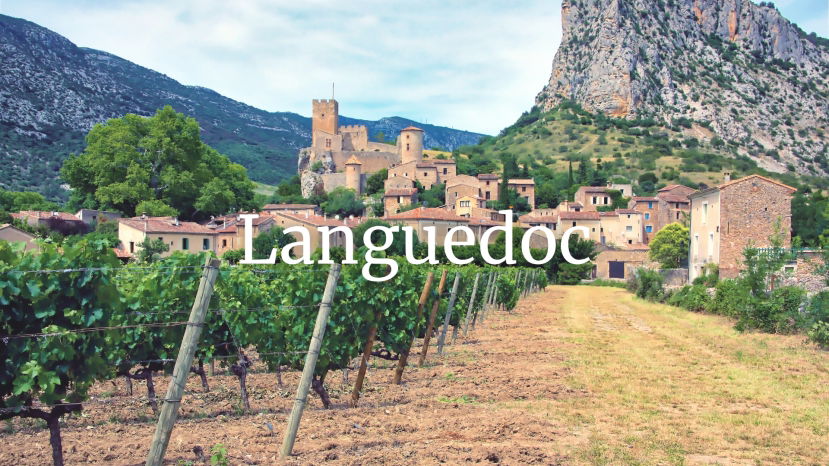
Chablis
Summary:
Chablis is very much its own place, part of Burgundy but in some ways quite different. Once frost protection methods were developed, previously precarious viticulture finally became viable. Chablis is now in the capable hands of a bright younger generation, inspiring a gentle evolution in their vineyard and cellars. Let us hope that climate change will not affect the unique style of the world’s most famous Chardonnay.
Presenter: Rosemary George MW
Rosemary George was one of the first women to become a Master of Wine just over 40 years ago, and she has been writing about wine for nearly as long. Her first book, Chablis and the wines of the Yonne was published in 1984; a second book on Chablis appeared 25 years later, with her third book on the subject, Chablis and the Grand Auxerrois, being published in 2019. This latest work includes many of the grandchildren of the wine growers in her very first book.
She also writes extensively about the Languedoc, including her blog www.tastelanguedocblogspot.com and a recent book, Wines of the Languedoc, published in 2018. She is currently researching her 14th book, The Wines of Roussillon, and has also covered New Zealand and Tuscany.
About Rosemary's Latest Book
Chablis has a distinct identity amongst the wines of Burgundy. The gently sloping vineyards of this small, scenic region produce a remarkably diverse range of wines, even though all are made from just one variety – Chardonnay.
As in other parts of France, it was the Romans who introduced vines and the medieval Church which expanded the vineyard. By the twelfth century the wines of Chablis were already being celebrated in poetry. However, over the centuries a considerable amount of everyday wine also found its way via the river Yonne to the cafés of Paris. In its heyday of production towards the end of the nineteenth century the region encompassed 40,000 hectares of vines. But that was before phylloxera and oidium ravaged the vineyards and the railways brought competition from further south to the capital’s wine drinkers.
From a low point of 500 hectares just after the Second World War, the vineyard has now expanded more than tenfold, and quality has increased too. Wines in the appellation’s four categories – grand cru, premier cru, Chablis and Petit Chablis – are created by vignerons keen to work with the terroir to produce the elegant, mineral, long-lived wines for which the region earned its reputation. To this end, ever greater care is being taken in the vineyards and the routine use of chemicals is becoming increasingly uncommon.
The region’s history, unique soil, geography and climate are all covered in detail, but it is Rosemary George’s lively and insightful profiles of those who make the region’s wines that form the body of The wines of Chablis and the Grand Auxerrois. Through the lives of these vignerons – from the lows of disastrous weather to their love of the land – she paints a unique picture of a much-admired region.
WSG members enjoy a 40% discount off the price of book! Get your coupon code HERE
Learn more about Burgundy:



